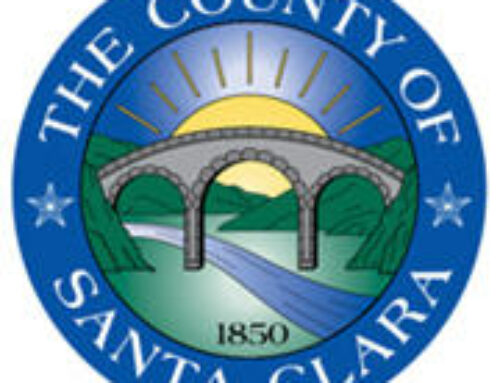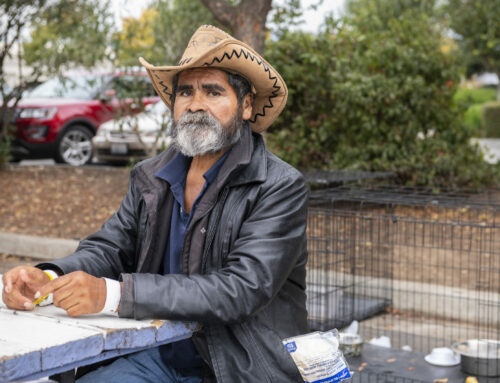Ranked choice voting has been adopted in Bay Area cities including San Francisco, Oakland and Berkeley
This editorial is the opinion of Morgan Hill Life
Santa Clara County might be on the brink of embracing a new era of democracy. Introduced by Assemblymembers Evan Low and Alex Lee, Assembly Bill 1227 paves the way for implementing ranked choice voting in county elections.
Also known as instant-runoff voting or preferential voting, this system allows voters to rank candidates in order of preference. The general idea is that if no candidate receives a majority of first-choice votes, the candidate with the fewest votes is eliminated, and their votes are redistributed to the remaining candidates based on the voters’ second choices. This process continues until a candidate achieves a majority of votes.
The bill passed the Assembly in May. It’s now being considered by the California Senate. If passed, the legislation would grant the Santa Clara County Board of Supervisors the authority to adopt ranked choice voting for ballots, a significant shift in how voters have historically selected public officials. With its potential to enhance representation and foster a more inclusive political landscape, ranked choice voting holds the promise of revitalizing democracy at the local level.
Like any voting system, ranked choice voting has its pros and cons. It encourages candidates to appeal to a broader range of voters by seeking second and third preferences. This can lead to more diverse and inclusive representation, as candidates strive to be a consensus choice rather than relying solely on their base. It also ensures the winning candidate has the support of the majority of voters, as they must secure a majority of votes after accounting for preferences.
Another benefit is that it reduces strategic voting. Citizens casting their ballots can express their true preferences without worrying about the “spoiler effect” or wasting their vote. They can rank their preferred candidate first, even if that candidate is considered a long-shot, without fearing that their vote will be wasted. It also eliminates the need for separate runoff elections, saving time and financial resources. This enables a more streamlined electoral process.
Adding complexity to the ballot is one of the negatives of ranked choice voting compared to traditional voting systems. It requires voters to rank candidates, which can be confusing for some. This may lead to mistakes or spoiled ballots.
In elections with numerous candidates, ranking all the candidates can result in longer ballots. This may make it more challenging for voters to complete their ballots and could potentially lead to voter fatigue or errors. Ranked choice voting is still relatively unfamiliar to many voters, and this lack of familiarity may create skepticism or resistance to adopting the system. It also can increase the potential for manipulations through negative campaigning.
Candidates may strategically attack opponents or form alliances to influence the allocation of preferences and improve their chances of winning. As an example, in the 2018 election two San Francisco candidates for mayor released ads asking voters to cast their ballots for them jointly in an endeavor to stop the third person from winning the race.
Ranked choice voting has been adopted in Bay Area cities including San Francisco, Oakland and Berkeley. Voters in Santa Clara County have demonstrated they are interested in this system. In 1998, they passed Measure F which ensured the county government would not prohibit it. Four years ago, the county Registrar of Voters purchased new voting machines using technology for ranked choice voting selections.
Political experts expect the Senate to pass Lee and Low’s legislation this summer and Gov. Gavin Newsom will most likely sign it. If it increases voter participation as well as saving county money, we hope county supervisors will adopt ranked voting choice starting in 2024.







